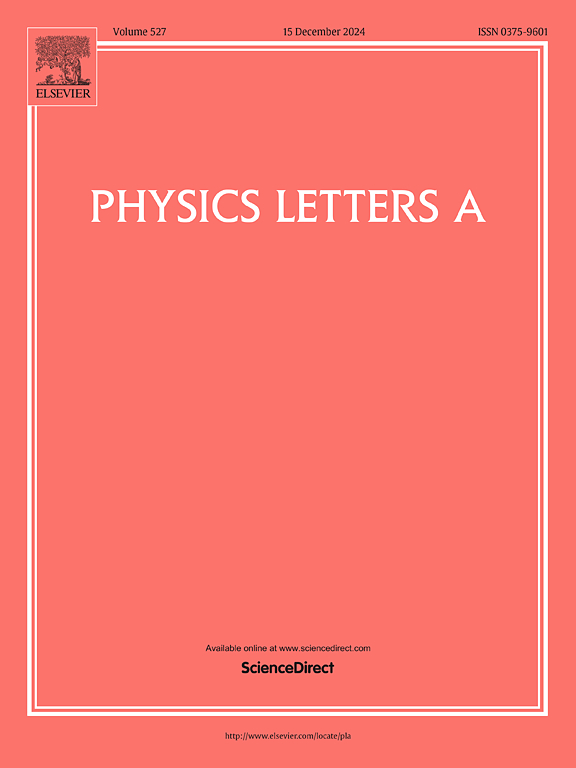Theoretical predictions of thermodynamic properties, elastic deformation, HCP-FCC structural phase transition and melting of iron at high temperatures up to 18000 K and high pressures up to 4000 GPa
IF 2.3
3区 物理与天体物理
Q2 PHYSICS, MULTIDISCIPLINARY
引用次数: 0
Abstract
In this work, the statistical moment method is extended to determine the thermodynamic properties, elastic deformation, HCP-FCC structural phase transition and melting of iron under extreme conditions. The analytic expressions of structural and thermodynamic quantities (the density, the molar volume, the adiabatic and isothermal compressibilities, the thermal expansion, the heat capacities at constant volume and constant pressure, the Grüneisen parameter), elastic deformation quantities (the Young's modulus, the bulk modulus, the shear modulus, the compressional and shear wave velocities, Gibbs thermodynamic potential), HCP-FCC structural phase transition temperature, and melting temperature are performed capturing the full anharmonicity of lattice thermal vibrations. Theoretical results have been numerically calculated for structural, thermodynamic and elastic deformation quantities of HCP-Fe at high temperatures up to 7000 K and high pressures up to 1400 GPa, HCP-FCC structural phase transition curves and the phase diagram of iron in the range of pressure from 2400 to 4000 GPa. Our results allow a quantitative interpretation of the experimental results, contributing to the prediction of structural features, fundamental properties and geophysical applications of the Earth's core.
求助全文
约1分钟内获得全文
求助全文
来源期刊

Physics Letters A
物理-物理:综合
CiteScore
5.10
自引率
3.80%
发文量
493
审稿时长
30 days
期刊介绍:
Physics Letters A offers an exciting publication outlet for novel and frontier physics. It encourages the submission of new research on: condensed matter physics, theoretical physics, nonlinear science, statistical physics, mathematical and computational physics, general and cross-disciplinary physics (including foundations), atomic, molecular and cluster physics, plasma and fluid physics, optical physics, biological physics and nanoscience. No articles on High Energy and Nuclear Physics are published in Physics Letters A. The journal''s high standard and wide dissemination ensures a broad readership amongst the physics community. Rapid publication times and flexible length restrictions give Physics Letters A the edge over other journals in the field.
 求助内容:
求助内容: 应助结果提醒方式:
应助结果提醒方式:


